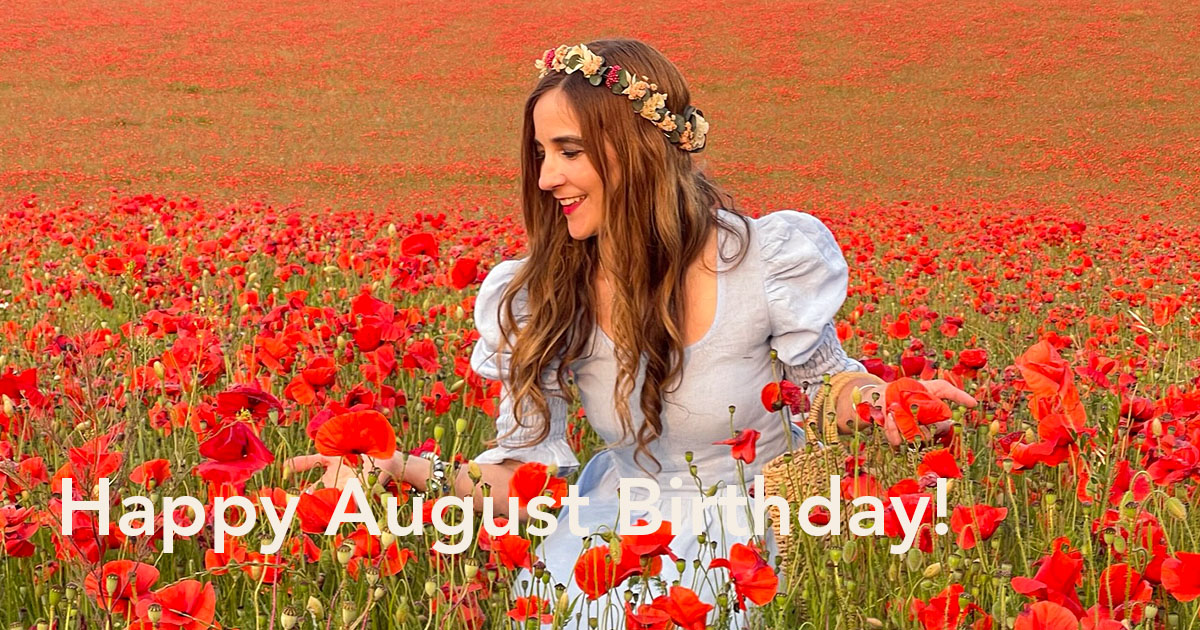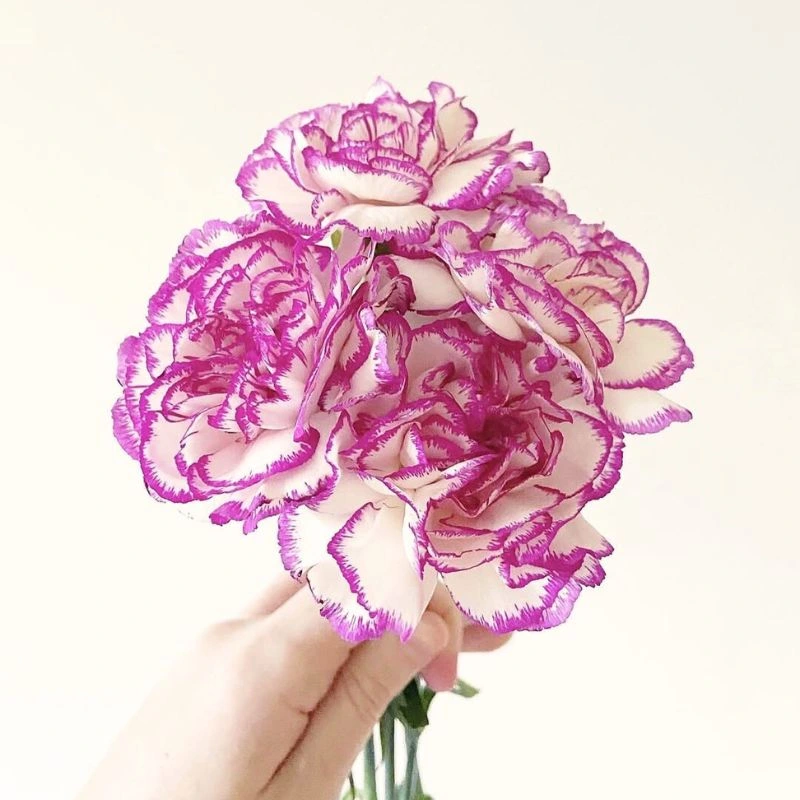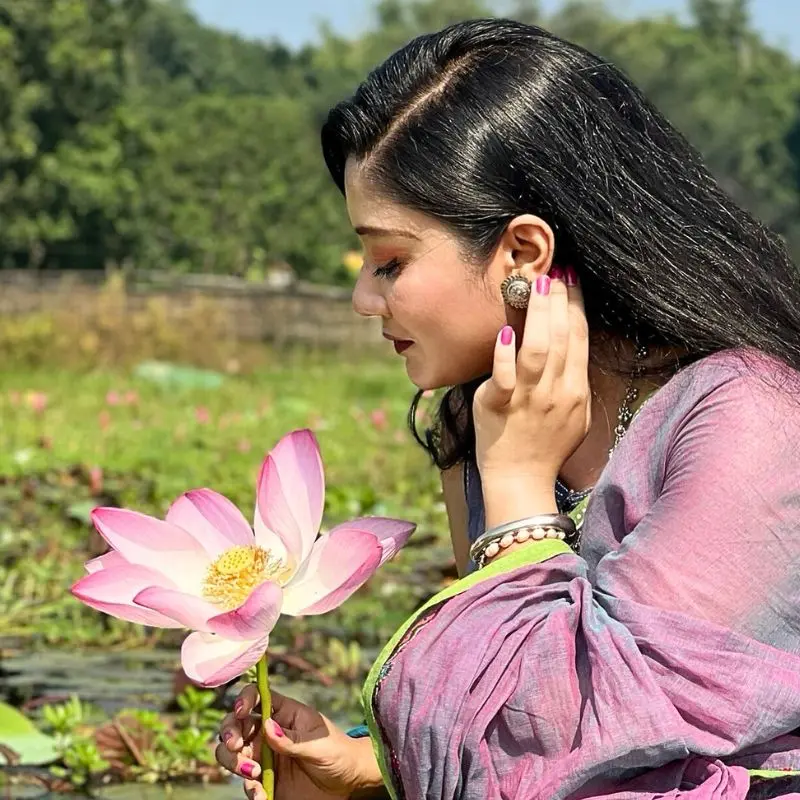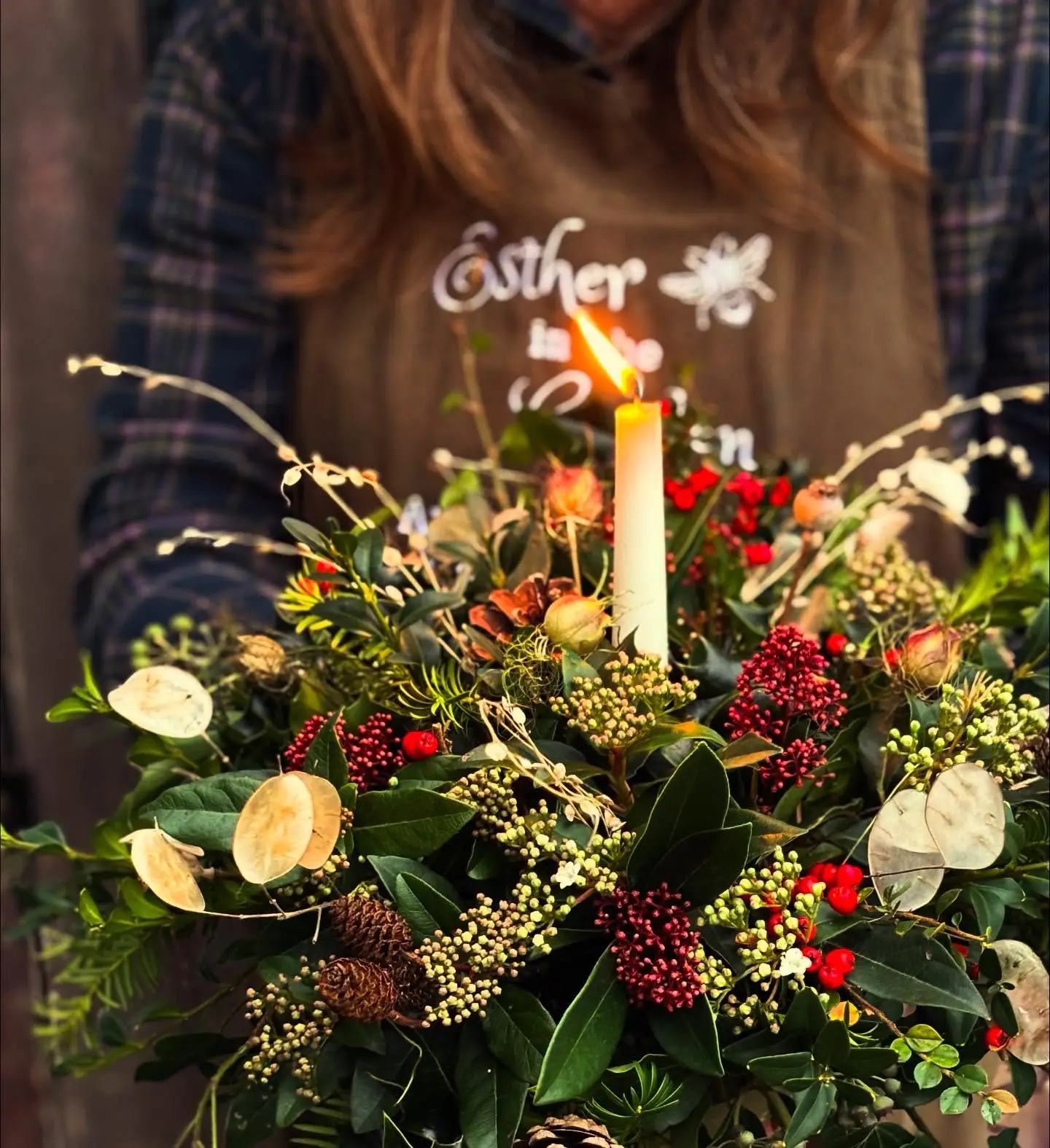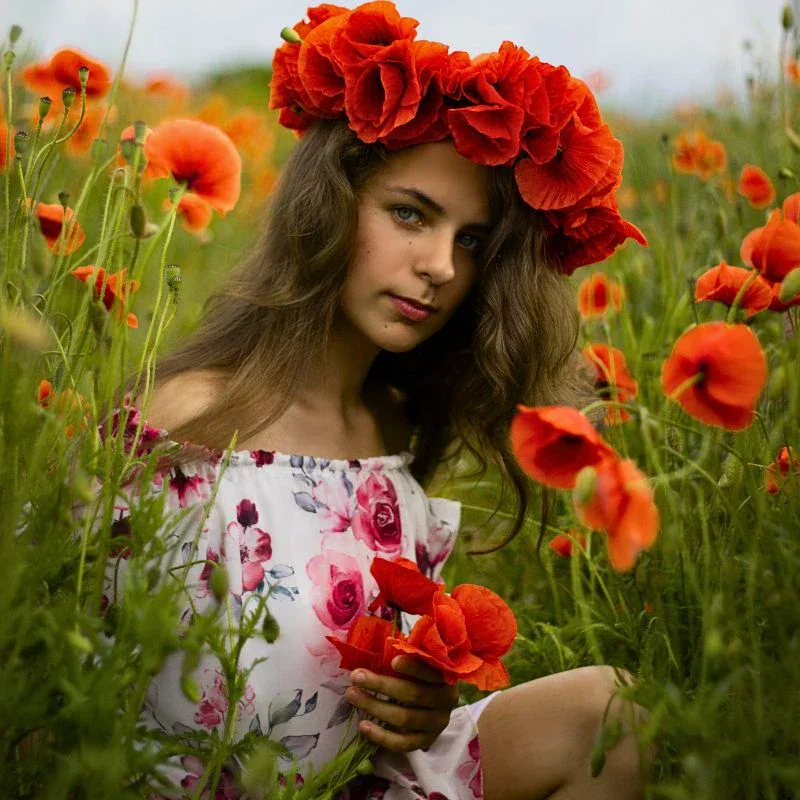Across civilizations dating back to the ancient rites, people have assigned a blossom to every birth month. The custom is older than astrology, yet it thrives because it offers an intimate, living symbol of identity. Learning about the language of birth flowers enables you to tap into a long history of folklore that still shapes gifting, decor, and even personal rituals today.
Meet August's Dynamic Duo of Birth Month Flowers
Among all birth month flowers, none feels as theatrical as the two birth flowers of August. Gladiolus and the poppy fill gardens at the height of summer with sword-straight spikes and waves of silky petals - perfect birthday flowers for celebrants who cherish both courage and imagination.
In arrangements, they marry height with softness; in myth, they combine triumph with imagination and dreams - little wonder designers call the pairing a meaningful choice for every August celebration. It's a sight to behold when these flowers adorn the August landscapes, radiating their inherent beauty and initiating us to understand the deeper messages they convey.
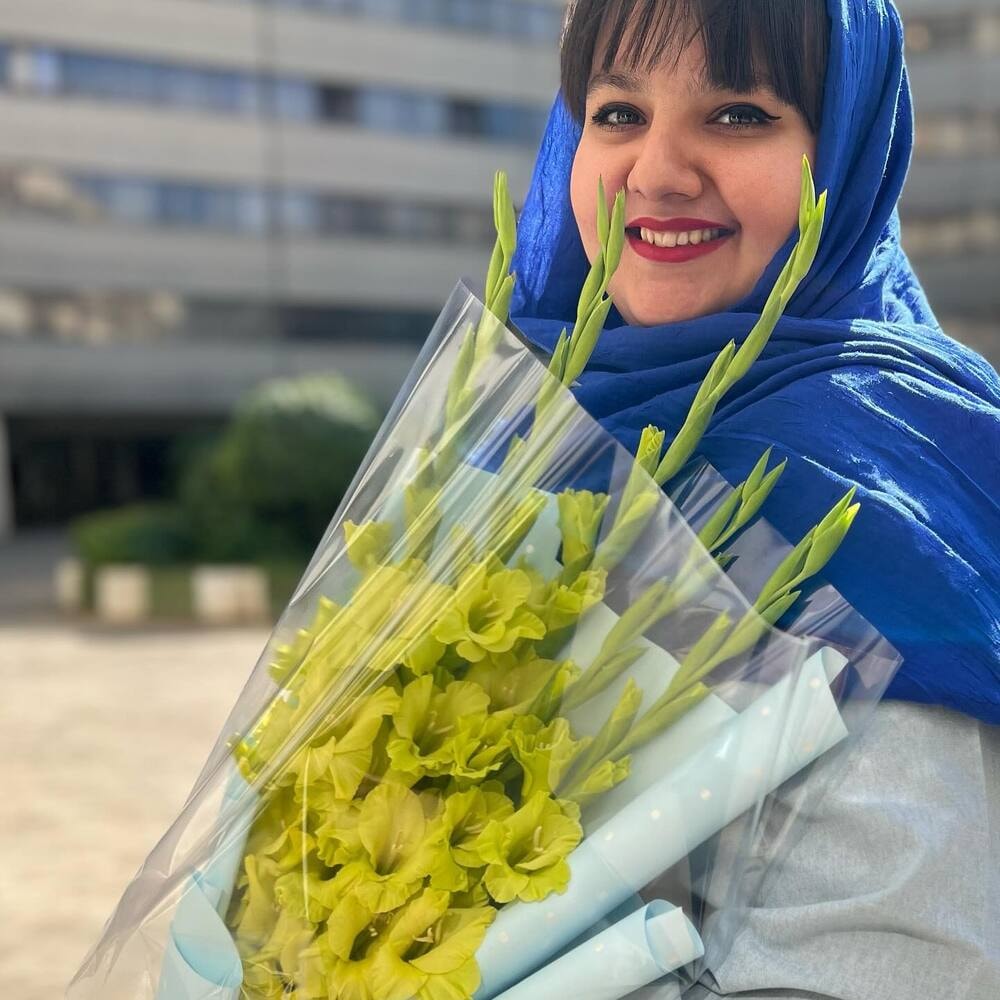
Gladiolus - The Sword Lily With a Rich History
Nicknamed the Sword Lily, Gladiolus traces its title to the Latin word 'gladius' - the Roman short sword. Ancient Rome crowned returning gladiators with wreaths of these spears, turning flowers into an enduring symbol of victory and heroism. In Africa, during ancient times, the Gladiolus corms were used as a food source, while the European herbalists of the Middle Ages harnessed its medicinal properties to treat various ailments.
Belonging to the Iridaceae family, the plant genus can be found in Asia, Mediterranean Europe, and tropical Africa, with South Africa as its center of diversity. Gladioli features more than 260 species within its family.

The Gladiolus flower gained international recognition in the 18th century when Swedish botanist Carl Linnaeus officially classified it in 1753. The European fascination with this flower grew, leading to extensive hybridization efforts. The kaleidoscopic collections of colorful Gladiolus from the likes of Prisma Gladiolus - Zabo plants give stylists new tones for catwalks and chapels alike.
Symbolic Meaning of Gladiolus Flowers
Primarily, they symbolize strength and moral character, reflecting through their towering structure. They are often given as a sign of admiration and remembrance, embodying faithfulness and honor. Additionally, Gladiolus embodies sincerity, a nod to the flower's straightforward, spear-like shape.
In the language of flowers, Gladioli were used to signify infatuation. Their presence was believed to pierce the heart of the recipient, much like Cupid's arrow, as the romantics believed. These flowers were presented to convey admiration and respect, making them a meaningful gift for those who resemble these virtues.

Meaning of Different Colors of Gladiolus Flowers
Different colors of Gladiolus flowers carry different sets of emotions and sentiments:
- Use the red and pink Gladiolus flowers to express sentiments of love, calmness, and femininity.
- Use purple to represent grace and a sense of luxury.
- Yellow Gladioli are the best gifts to give to your friends as they express joy and camaraderie.
- White Gladioli are used to signify purity.
- Orange Gladiolus is used to represent high spirits, energy, and enthusiasm.
August Birth Flower #2: Poppy
Members of the Papaveraceae family, the delicate poppy flowers sway like lanterns in the breeze. From the vermilion Flanders poppy remembered in World War poetry to the tangerine California Poppy blanketing Pacific valleys, the genus offers multiple flowers of dazzling diversity, including snow-kissed Iceland Poppy and sumptuous Oriental Poppy hybrids.

In fact, there are more than 70 species, including the Oriental Poppy (Papaver orientale), Flanders (Papaver rhoeas), Iceland Poppy (Papaver nudicaule), and California Poppies (Eschscholzia californica).
Poppies find their roots of origin leading to the Mediterranean region and have been recorded to be in extensive use by Egyptians, Greeks, and Romans. Egyptians included them in burial rituals, while the Greeks associated them with Hypnos, the god of sleep, due to their sedative qualities.
Because Papaver Somniferum - the storied opium poppy - contains potent alkaloids, the genus also shares profound medicinal properties that shaped battlefield surgery from ancient times through modern pharmacology.

Poppy Symbolism in Different Traditions and Cultures
Poppy flowers hold a prominent place in cultural and traditional symbolism. The ancient Greeks linked it to Hypnos and Morpheus, the Gods of Sleep and dreams, respectively, symbolizing rest and recovery. The Romans also used poppies in their myths and rituals, associating them with Demeter, the goddess of Agriculture.
In the modern cultural context during the 19th and 20th centuries, poppies gained prominence for their properties to act as pharmaceutical opiates, leading to widespread cultivation. In addition, the flower also became a symbol of hope.
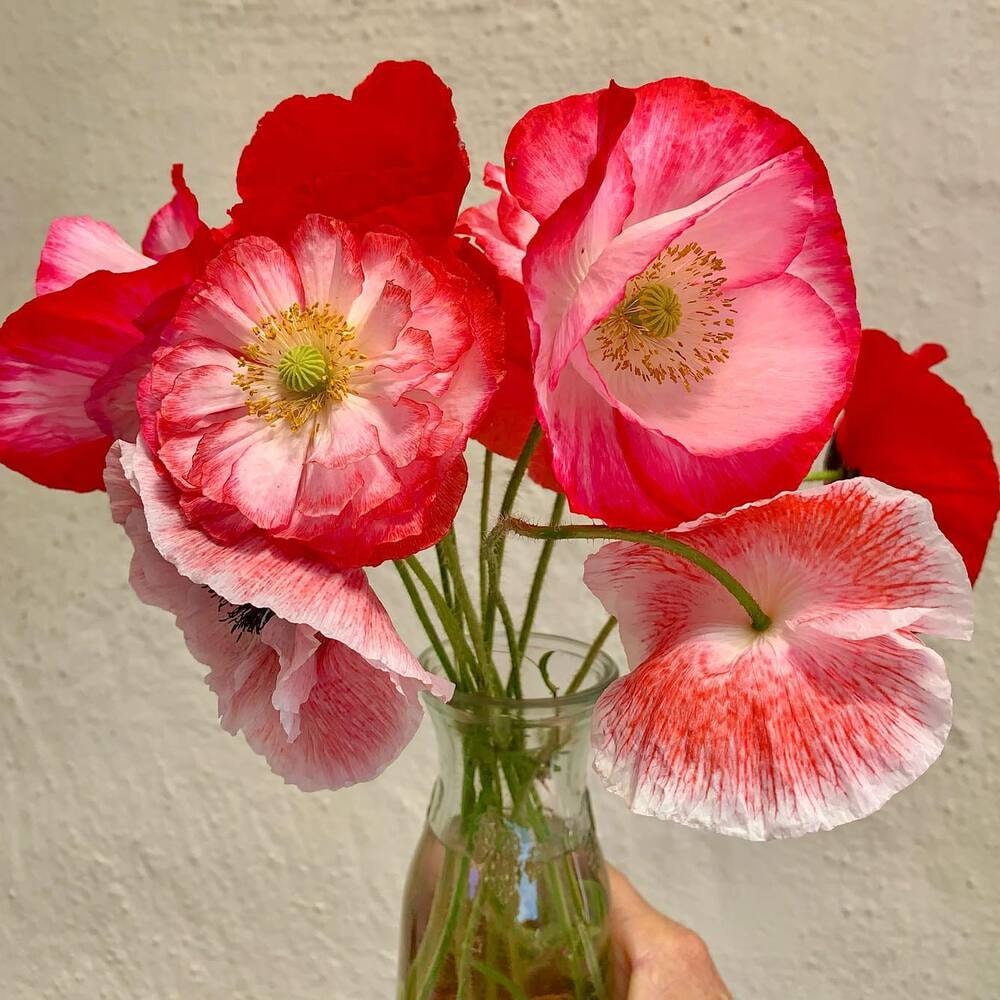
The famous poem "In Flanders Fields" by Lieutenant Colonel John McCrae during World War I cemented the red poppy as a universal badge for memorial services, symbolizing remembrance of lives lost. The poem is still recited each Armistice Day, binding poppy petals to ritual. The Royal British Legion has also adopted the flower as a symbol to honor fallen soldiers, and it is now worn during Remembrance Day ceremonies to commemorate their sacrifice.
Artists have further immortalized the flower - Claude Monet painted poppy meadows; Vincent Van Gogh churned fields of scarlet under cobalt skies. The flower also finds significant mention in the famous novel, The Wonderful Wizard of Oz. Poppy is also the state flower of California and an unofficial national flower of Albania.

Poppy Color Symbolism
Poppy flowers come in a variety of colors - Red poppies are the most renowned, symbolizing remembrance and respect for fallen soldiers, especially noted during World War I and World War II. They are also associated with love and success in Eastern Cultures. Purple poppies honor the animals that served and died during wartime, signifying loyalty and sacrifice.
Black poppies honor the contributions of black, African, and Caribbean communities to various wars. The golden Californian Poppy brings summer optimism while the sherbet-toned Iceland Poppy adds whimsy to floral arrangements in early summer receptions. White poppies represent peace and are seen as a symbol of a conflict-free world.
Pink and blue poppies are associated with admiration, gratitude, and mystery. The pink ones are used to express affection, while the blues represent the pursuit of dreams and higher thinking. The yellow and orange shades are more related to positive energy, enthusiasm, inspiration, and good fortune.

August Birth Flowers as Tattoo Inspiration
The rich symbolism of August's birth flowers makes them a perfect fit to be adorned in body art. Tattoos of these flowers can carry meanings of strength and beauty, resonating deeply with individuals with August birthdays. The choice of flowers and colors can reflect personal meanings and experiences, creating a deeply personal and expressive art form.
To represent individualism, strength, and integrity, it's ideal to get a discreet lone flower tattoo, such as a minimalist Gladiolus stem or a single poppy, on the wrist or ankle. You can also combine the two in a single tattoo design to represent the balance of strength and tranquility.

A poppy tattoo, particularly poignant for peace, purity, and commemoration of loved ones, can be placed over the heart or on the shoulder. Meaningful words or names can be incorporated into the design of a poppy, adding a personal touch to the tattoo.
You can also use different colors in poppy tattoo designs to convey various meanings - red for remembrance, white for peace, black for honor, and purple for animal companions lost in war.
Taking Care of Your August Birth Flowers - Gladiolus and Poppy
Here are some tips to help you grow and take care of your August birth month flowers:
Gladiolus Growth and Care Tips:
- Planting: Gladiolus corms should be planted in spring after the danger of frost has passed. Choose a sunny spot with well-draining soil. Dig holes about 15 cms (6 inches) deep and place the corms with sprouts facing up, spacing them about 5 inches apart. For continuous flowering, plant new corms every two weeks until early July.
- Watering: Water the plants thoroughly at planting time and then weekly during the growing season. Ensure the soil remains moist but not soggy, as Gladiolus prefers normal soil moisture levels. Mulching around the plants helps retain moisture and suppress weeds.
- Fertilizing: Apply a balanced fertilizer (10-10-10) when shoots emerge and again when flower spikes develop.
- Staking: For tall varieties, stake the plants to prevent them from falling over. This is especially important in windy areas.
- Winter Care: In colder zones (below USDA Zone 8), dig up corms after the foliage has died back, clean them, and store them in a cool, dry place in winter. In warmer climates, mulch heavily to protect the corms.
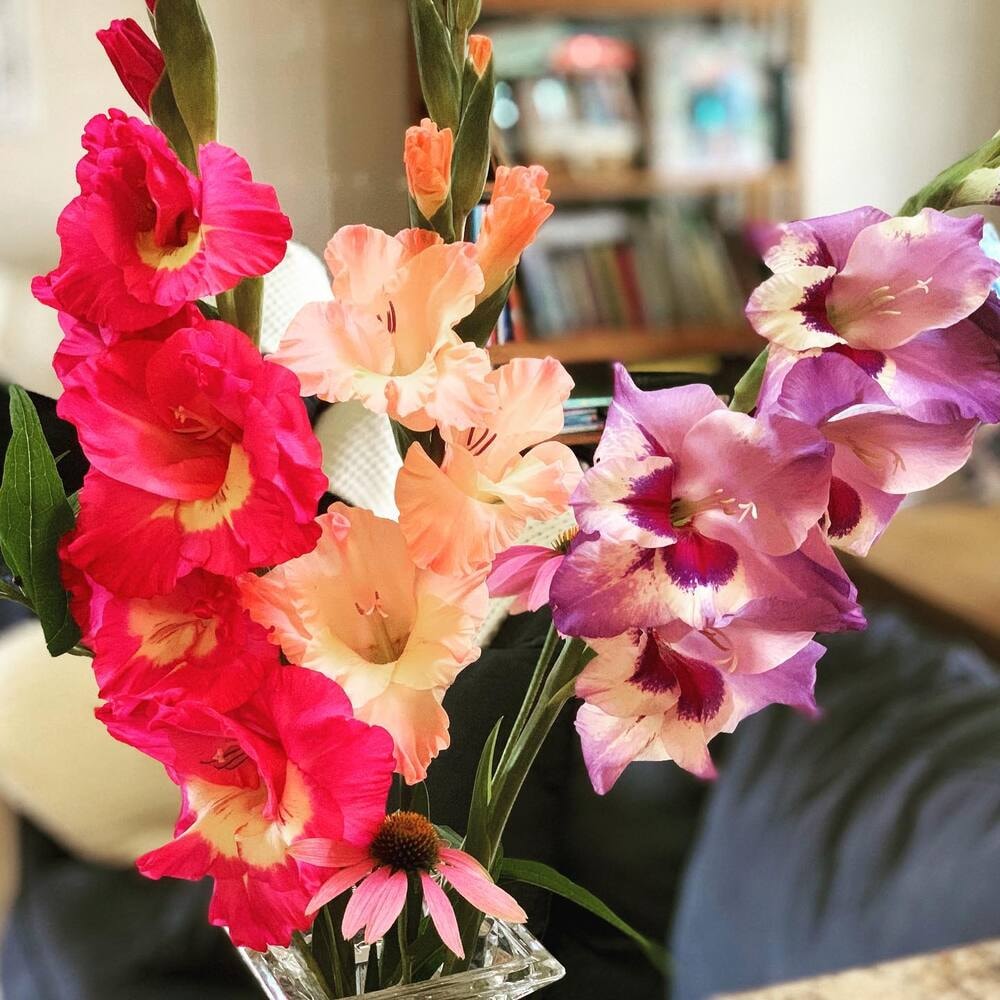
Poppy Growth and Care Tips:
- Planting: Poppies prefer well-draining soil and full sun. Sow seeds directly in the garden in early spring or fall. Lightly cover the seeds with soil and keep the area moist during germination.
- Watering: Keep the soil moist but not waterlogged. Poppies are relatively drought-tolerant once established, but benefit from regular watering during dry spells.
- Fertilizing: Poppies generally do not require much fertilization. If necessary, a light application of a balanced fertilizer can be applied at the start of the growing season.
- Pest/Diseases: Watch for aphids and fungal diseases. Ensure good air circulation and avoid overhead watering to reduce these risks.
- Maintenance: Thin seedlings to prevent overcrowding and promote healthy growth. Deadhead spent flowers to encourage more blooms and prevent self-seeding if not desired.

Embracing the Beauty of the August Birth Flower in Everyday Life
Integrate Gladiolus and poppy flowers into your daily life to enjoy their symbolic meanings and brighten up your living space. Use fresh Gladioli in tall vases to brighten your home or workspace, and add poppies to your garden setting for a splash of color and symbolism. Their beauty and significance make them perfect for personal spaces and special occasions.
Beautifying Professional Settings with Gladiolus and Poppy Flowers
In professional settings, Gladiolus and poppies can add the desired touch of sophistication and warmth. Gladiolus can be used in large arrangements in lobbies or conference rooms to convey strength and elegance. Poppies, with their delicate charm and variety of colors, are perfect for desk arrangements or window displays, offering a touch of natural beauty that can boost morale and creativity in the workspace.
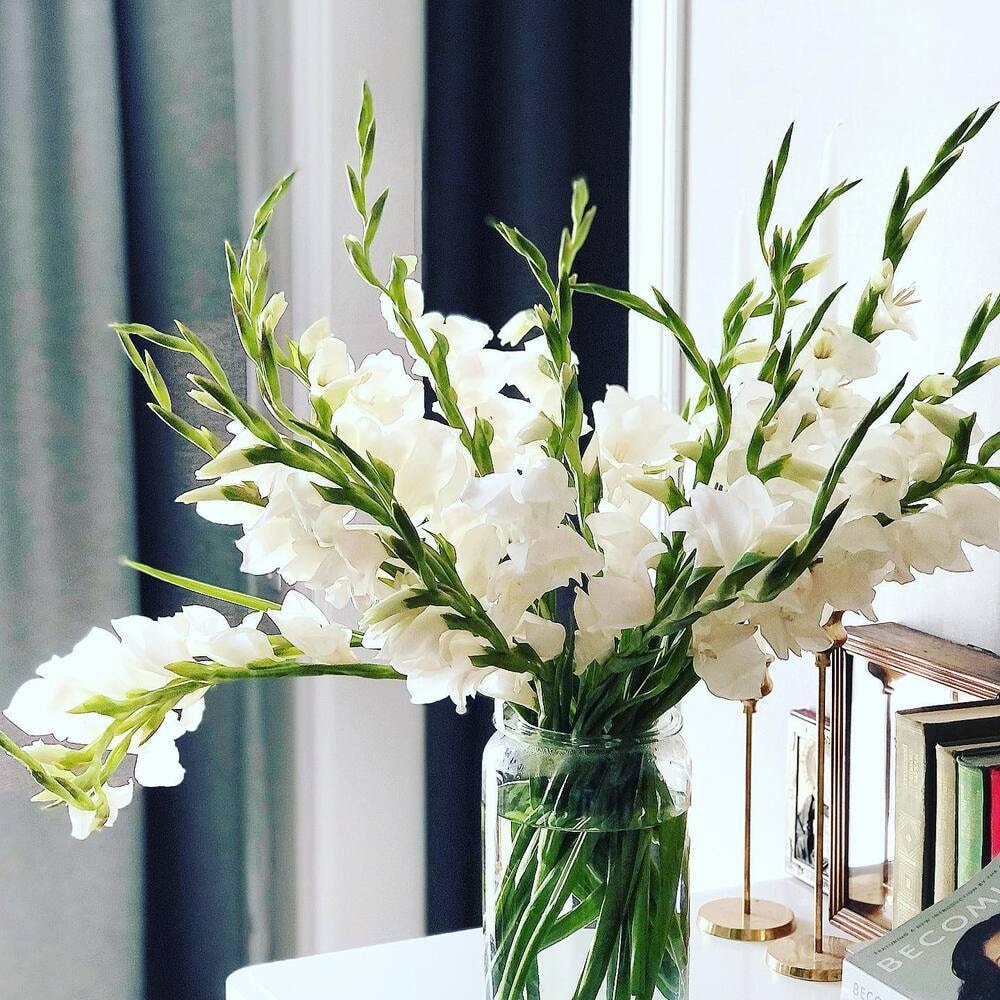
Celebrating Your Birth Month with August Flowers
Birth month flowers offer a unique and meaningful way to celebrate and honor the journey of life. Gifting a bouquet of Gladioli and poppies to someone born in August is a heartfelt gesture that communicates strength, honor, luxury, and success - all the positive attributes of these striking flowers. Furthermore, incorporating these flowers into birthday decorations or even as a cake topper can make the celebration more personalized and unique.
In the end, flowers, like people, have their own unique language and personality. August's birth flowers, the Gladiolus and the poppy, exude a charm that beautifully encapsulates the spirit of the summer month.
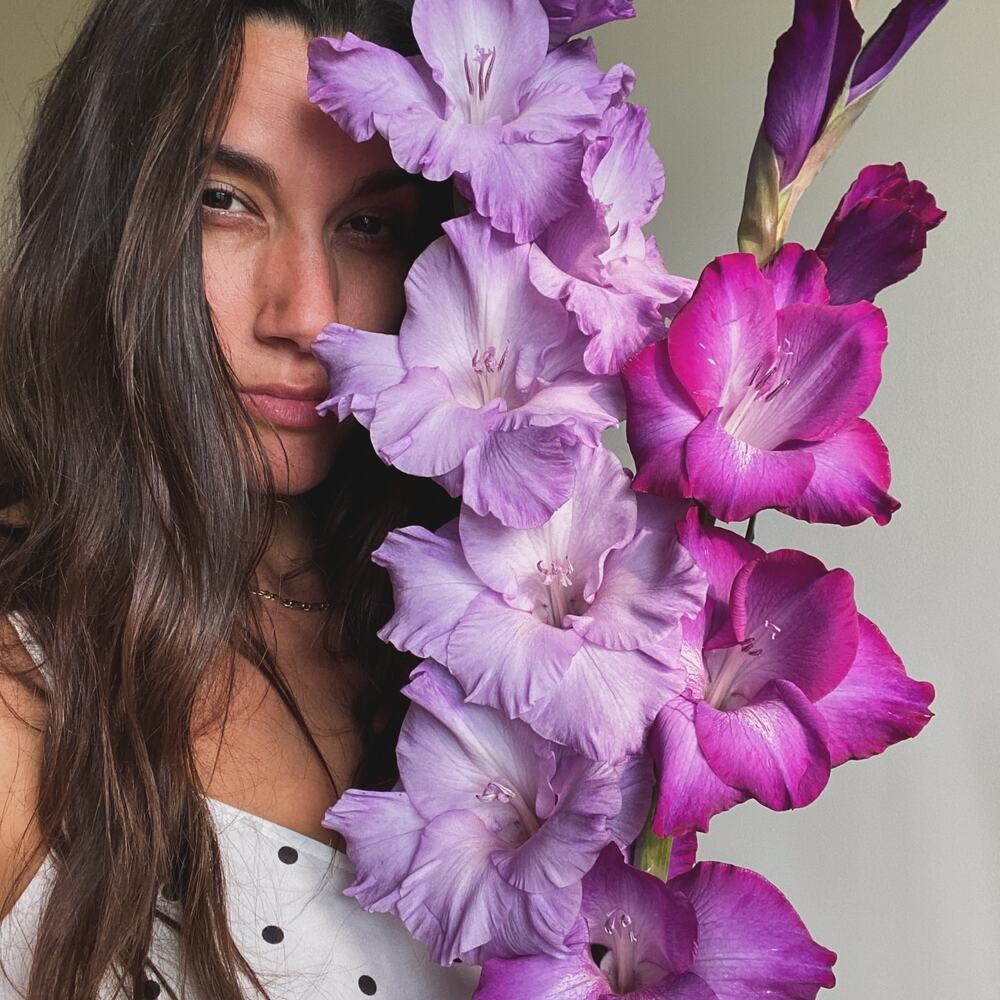
Whether it's a gift for a loved one, a decorative piece for your home, or simply a treat for yourself, let these flowers add that touch they are famous for. Embrace the warm and vivacious spirit of August, and let your life be as colorful and resilient as the Gladiolus and as enchanting and mysterious as the poppy.

Header and feature image by @nuriatravels.

